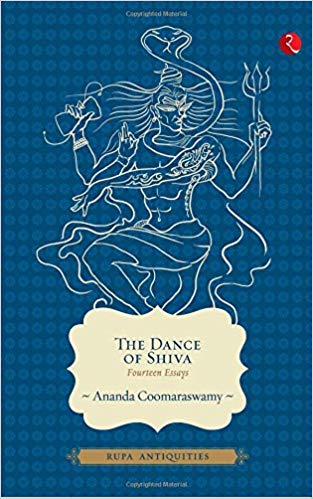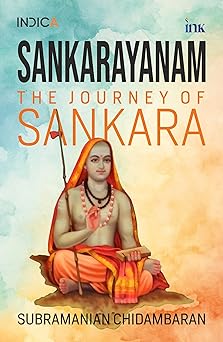Description
The Dance of Shiva is a collection of 14 Essays by Sri Ananda Coomaraswamy explaining the significance of the cosmic dance of Shiva.
Excerpts:
The dance, in fact, represents His five activites (Pancakritya), viz: Shrishti (overlooking, creation, evolution), Sthiti (preservation, support), Samhara (destruction, evolution), Tirobhava (veiling, embodiment, illusion, and also, giving rest), Anugraha (release, salvation, grace). These, separately considered, are the activities of the deities Brahma, Vishnu, Rudra, Maheshvara and Sadashiva. This cosmic activity is the central motif of the dance. Further quotations will illustrate and explain the more detailed symbolisms. Unmai Vilakkam, verse 36, tells us: “Creation arises from the drum: protection proceeds from the hand of hope: from fire proceeds destruction: the foot held aloft gives release. “It will be observed that the fourth hand points to this lifted foot, the refuge of the soul.
The Essential Significance of Shiva’s Dance is threefold: First, it is the image of his Rhythmic Play as the Source of all Movement within the Cosmos, which is Represented by the Arch: Secondly, the Purpose of his Dance is to Release the Countless souls of men from the Snare of Illusion: Thirdly the Place of the Dance, Chidambaram, the Centre of the Universe, is within the Heart.
ISBN : 978-8129120908; Rupa Publications ; 176 Pages
The Nataraj Statue at CERN, Geneva
In 2004, a 2m statue of the dancing Shiva was unveiled at CERN, the European Center for Research in Particle Physics in Geneva. A special plaque next to the Shiva statue explains the significance of the metaphor of Shiva’s cosmic dance with quotations from Capra: “Hundreds of years ago, Indian artists created visual images of dancing Shivas in a beautiful series of bronzes. In our time, physicists have used the most advanced technology to portray the patterns of the cosmic dance. The metaphor of the cosmic dance thus unifies ancient mythology, religious art, and modern physics.”
About the Author
Ananda K Coomaraswamy (1877-1947) was one of the great art historians of the twentieth century whose multifaceted writings deal primarily with visual art, aesthetics, literature and language, folklore, mythology, religion, and metaphysics. His most mature works expound the perspective of the perennial philosophy by drawing on a detailed knowledge of the arts, crafts, mythologies, cultures, folklores, symbolisms, and religions of both the East and the West.
In the years between 1900 and 1913 Coomaraswamy moved backwards and forwards between Ceylon, India, and England. In India he formed close relationships with the Tagore family and was involved in both the literary renaissance and the swadeshi movement. All the while he was researching the past, investigating arts and crafts, uncovering forgotten and neglected schools of religious and court art, writing scholarly and popular works, lecturing, and organizing bodies such as the Ceylon Social Reform Society and, in England, the India Society. The vintage Coomaraswamy of the later years is to be found in his masterly works on Vedanta and on the Catholic scholastics and mystics. There is no finer exegesis of traditional Indian metaphysics than is to be found in these later works. His work on the Platonic, Christian, and Indian conceptions of sacred art is also unrivalled








Reviews
There are no reviews yet.